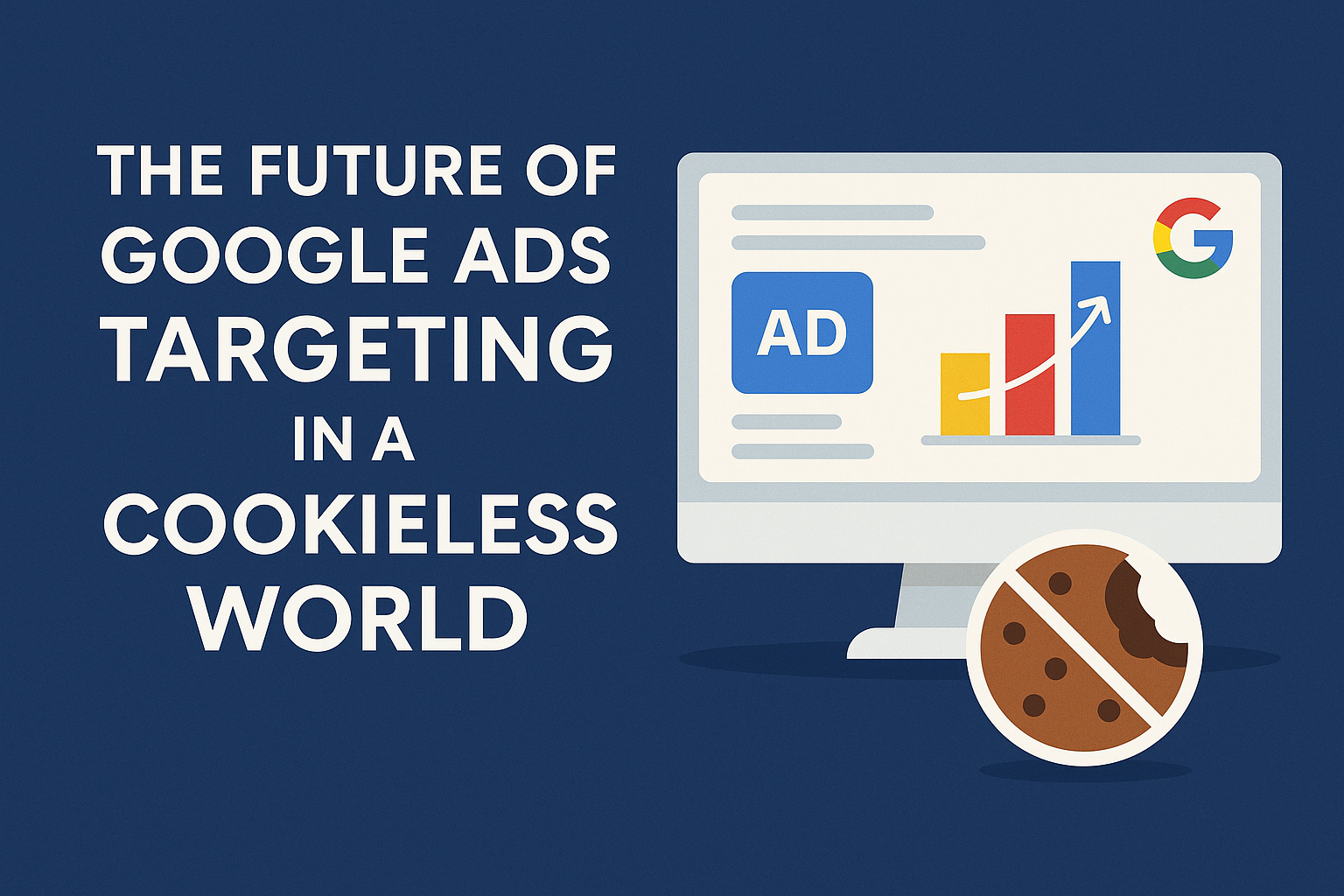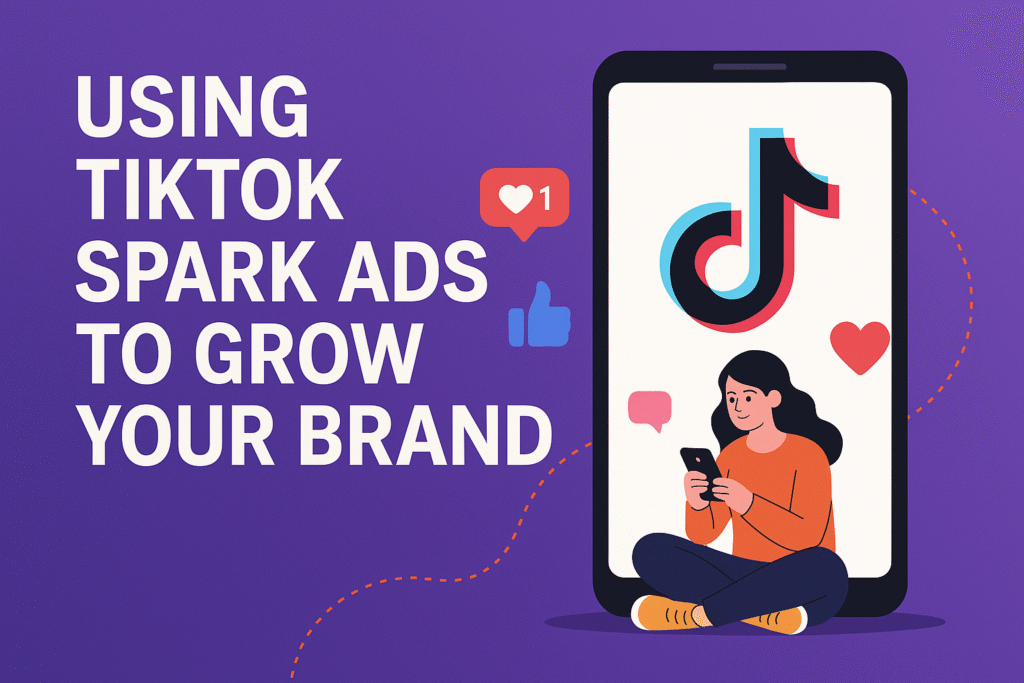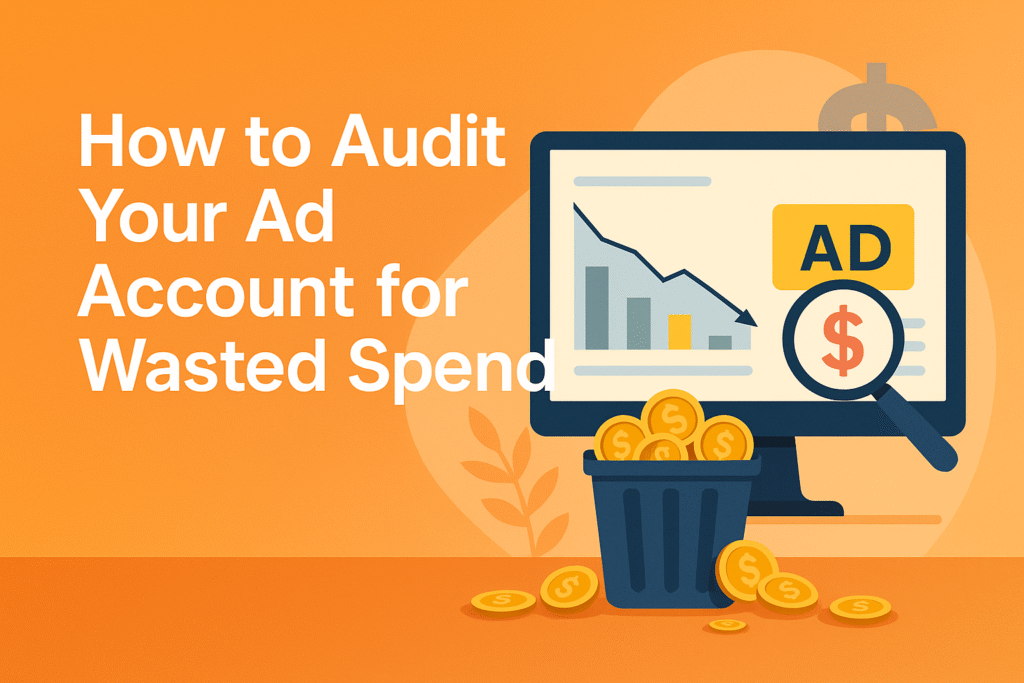
Using Reddit Ads to Reach Niche Communities
In the crowded world of digital marketing, standing out often means finding the right people in the right place and few platforms do this better than Reddit. With over 100,000 active communities (subreddits) dedicated to almost every interest imaginable, Reddit ads allow brands to reach high-intent, niche audiences with precision targeting. If you’re a marketer aiming for niche targeting, Reddit offers something that Facebook, Instagram, and even Google Ads can’t always deliver: direct access to tight-knit communities where people are actively discussing their passions. In this guide, we’ll break down Reddit ads strategy so you can connect with the right audience and drive meaningful results. Why Use Reddit Ads for Niche Targeting? Reddit isn’t just another social media platform it’s a community-driven discussion hub where users are more engaged, skeptical of overt advertising, and highly invested in the topics they follow. Key reasons Reddit ads are perfect for niche targeting: Understanding Reddit’s Audience Before launching your campaign, understand the Reddit audience: Step-by-Step Reddit Ads Strategy for Niche Brands 1. Define Your Niche and Audience Start by identifying which subreddits align with your brand. Tools like RedditList or even manual searches can help. Look for: 2. Choose the Right Ad Format Reddit offers several ad types: For niche targeting, Promoted Posts tend to perform best because they blend naturally into the conversation. 3. Use Subreddit Targeting Effectively You can target specific subreddits directly for example: 4. Craft Authentic, Conversation-Driven Ad Copy Redditors value genuine contributions. Tips for ad copy: Example:❌ “Our product is the best on the market!”✅ “Here’s how I cut my monthly energy bill by 30% using this gadget (and no, it’s not solar).” 5. Test and Optimize 6. Leverage Reddit Pixel for Retargeting Installing the Reddit Pixel on your site allows you to: Pro Tips for Success with Reddit Ads Strategy Example Reddit Ads Campaign: Niche Outdoor Gear Brand Objective: Drive sales of a new camping stove.Target Subreddits: r/CampingGear, r/Outdoors, r/Backpacking.Ad Format: Promoted Post with a personal story and product demo video.Result: 4.2% CTR, 28% higher conversion rate than Facebook campaigns, strong community discussion in comments. A Reddit ads strategy isn’t about blasting generic messages — it’s about joining conversations where your audience already feels at home. By focusing on niche targeting, authentic messaging, and community engagement, brands can turn Reddit into a high-performing ad channel. If your competitors aren’t on Reddit yet, now is the perfect time to claim your spot in these niche conversations. FAQs 1. Are Reddit ads effective for small businesses?Yes — because you can target highly relevant communities, even small budgets can yield strong ROI. 2. How much do Reddit ads cost?CPMs can range from $0.75 to $3.50, depending on competition and audience size. 3. What makes Reddit ads different from Facebook or Google Ads?They’re community-driven, with a higher emphasis on relevance and authenticity over mass reach. 4. Can I target multiple subreddits in one campaign?Yes, but for best results, group similar communities together to maintain ad relevance. 5. Do Reddit users react negatively to ads?If the ad feels spammy or irrelevant, yes. But genuine, value-driven ads often receive positive engagement.









